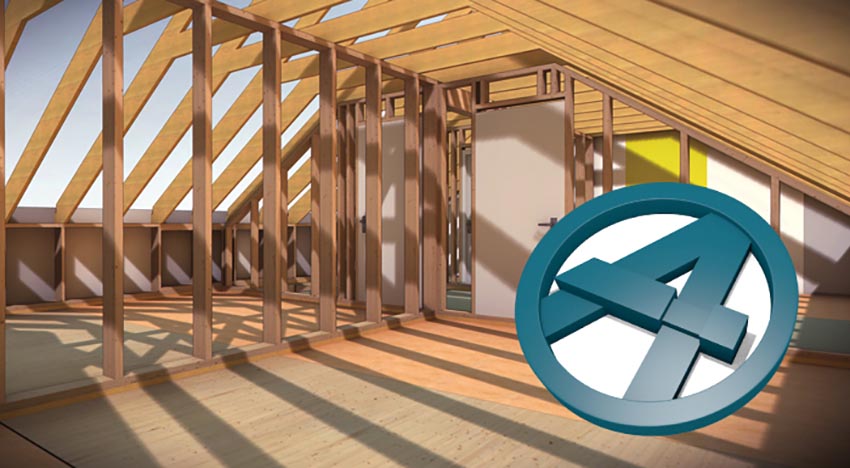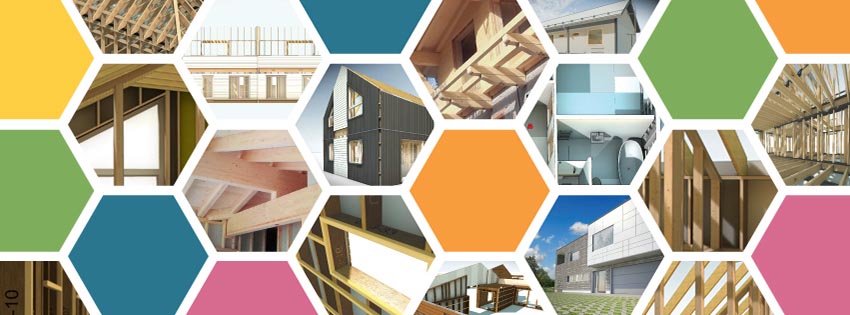ArchiFrame allows you to streamline your entire building design processes — everything can be handled in a single model: from the architect’s designs through to CNC machines. This enhances build quality, and massively improves project (cost)efficiency.
Interview with Kayleigh Töyrä, CMO at ArchiSolutions Oy.
Easy Engineering: A brief description of the company and its activities.
Kayleigh Töyrä: ArchiSolutions Oy is a software company specializing in CAD (computer-aided drafting) and BIM (building information modelling) software.
For the past 10 years we have been on a mission to improve structural engineering with our timber and steel framing software, ArchiFrame.
ArchiFrame extends the popular BIM software suite, Archicad, into a user-friendly structural design tool for timber buildings, as well as steel frames.
E.E: What are the main areas of activity of the company?
K.T: We are software developers specialising in BIM software, and ArchiFrame is our product.
ArchiFrame is an end-to-end structuring tool for timber roofs, walls, floors, frames, panels, and elements – you can simply reshape them in one click. The beauty of designing with ArchiFrame is that everything sits within one file, including 3D models and 2D elevations with semi-automated layouts and listings.

A lot of our time is spent updating and maintaining the software, as well as customising it for client projects. We also provide technical support and work with resellers around the world.
E.E: What’s the news about new products?
K.T: ArchiFrame changes the way engineers, architects, and house builders work by improving processes and enabling the use of CNC (computer numerical control) in element production.
ArchiFrame combines engineering with aesthetics and is perfect for people looking for more efficient ways to build. The core software itself is constantly being updated and upgraded.
We are looking to launch an architect version of ArchiFrame soon.
E.E: What are the ranges of products?
K.T: We offer a full ArchiFrame license, but we also have a student version, as well as a free trial version that anyone can download.
E.E: At what stage is the market where you are currently active?
K.T: The BIM software market is pretty sophisticated, with Archicad users dotted all around the world. For timber building, there are pockets where it is more prevalent, such as the Nordics, North America etc.

E.E: What can you tell us about market trends?
K.T: There are many construction trends affecting us all right now. In general, we are pleased to see that more and more people are embracing data and automation in building. This often leads to more cost-effective and better documented builds.
Sustainability is another important issue that people are taking note of in construction, especially when it comes to materials and practices. Building in a more sustainable way often comes down to building in a more data-informed and efficient manner.
Prefabricated buildings are another important trend to mention, as they are often also brought into the sustainability conversation. Being able to part-assemble houses and buildings lead to less errors.
E.E: What are the most innovative products marketed?
K.T: The construction industry is full of innovation.
We are pleased to see lots of great rendering and VR options on the market, such as RenderLights – visuality and communication are essential for better building practices. In ArchiFrame, we also take visual elements and the ability to communicate effectively seriously. Using BIMx you can view your Archicad and ArchiFrame models and data on your mobile – very useful when working across sites!

On the timber side, CLT (cross-laminated timber) and other mass timber products provide companies with robust and aesthetically pleasing material choices. The constant drive for material innovation is one that we are excited to cater for.
E.E: What estimations do you have for 2023?
K.T: We hope people will embrace sustainability, test out prefabrication, explore new materials (including mass timber), and make the construction industry a safer and better place for everyone. Construction is such a vital element of modern society and even small incremental changes to practices can have a massive impact.


